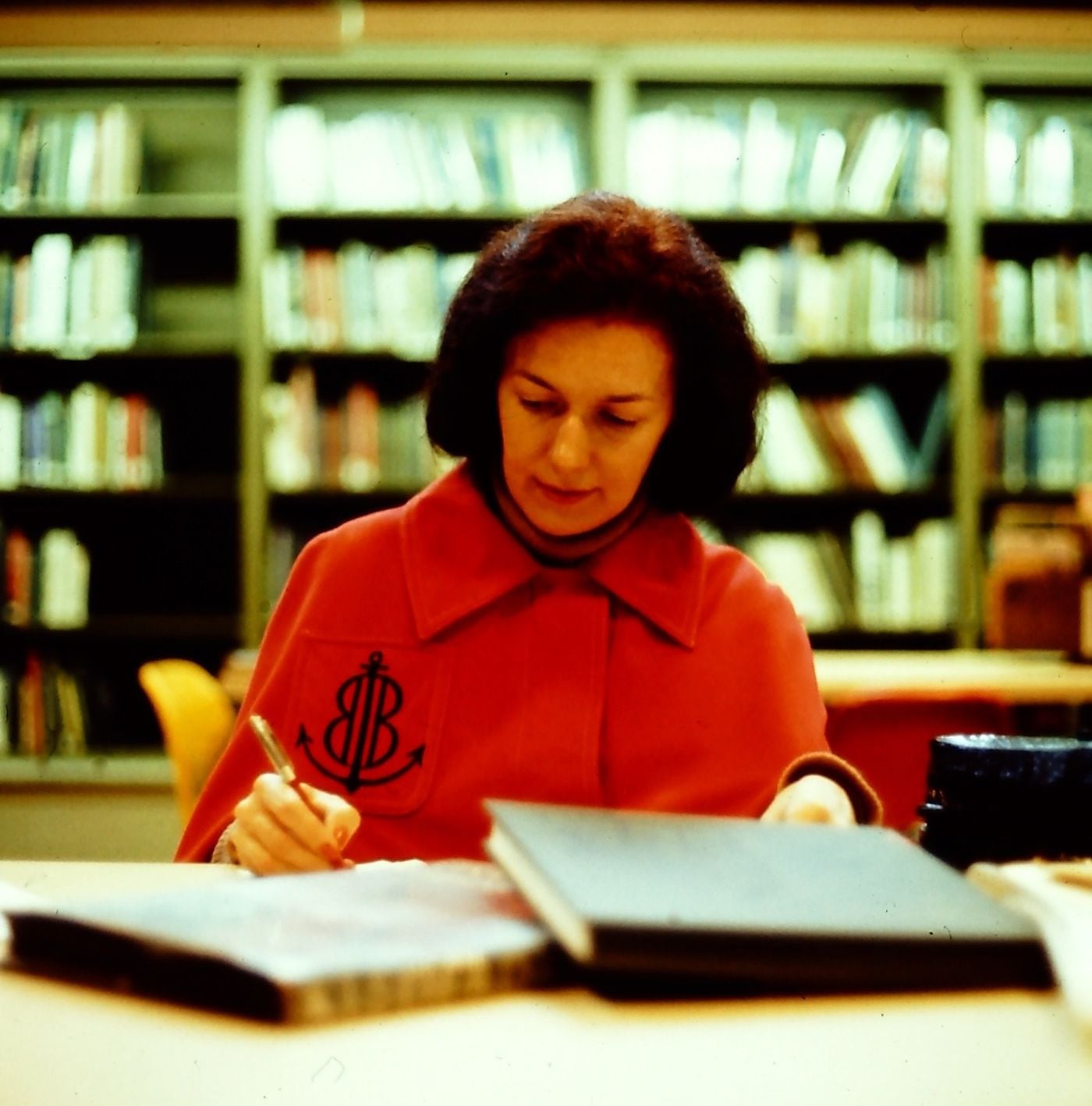As a department chair, I read more than 1,000 pages of student feedback forms every semester on more than 40 classes offered in my department. As a teacher, I know how infuriating these forms can be.
Here is a list of things that drive me nuts on student feedback forms:
Complaints that the readings or projects 'were all pretty much the same"
Whenever I read this, I want to show the student a picture of a gothic cathedral and ask which of the dozens of pillars or buttresses should be removed. There must be something about this era in which we can watch anything at any time, this age which some argue is
defined by the iPod shuffle, that confuses people. Not all repetition is
redundant, some is
reenforcing. When you're trying to teach something new and unfamiliar, you often need to put it to them a number of different ways before they realize that the differences between the readings or projects are superficial and you're trying to communicate something about the structure. A course that flits from one topic to the another, completely different topic too easily allows students to hold their breath through unfamiliar and uncomfortable new information or experiences.
"I didn't learn anything"
Yeah, well, I didn't earn anything from the enormous expansion of wealth created by the stock market's climb over 17,000. And that's for the same reason you didn't learn anything in class - because I didn't
invest in it. If you think a class is supposed to deliver technical skills and information like a hamburger at a fast food restaurant then you're not ready for college.
Ad hominem statements
You would think that weeks, months, semesters and even years of critiques in which the conversation is directed toward the work and away from the maker would provide the tools necessary to evaluate course content and the means of instruction, but you would frequently be wrong. To many students, course evaluations are places to offer judgment about the people who teach the course. These comments most often betray the most casual sexism, age-ism, and, yes, racism, you are likely to encounter.








